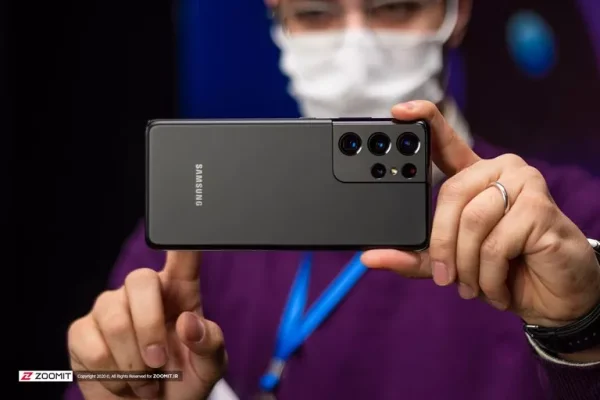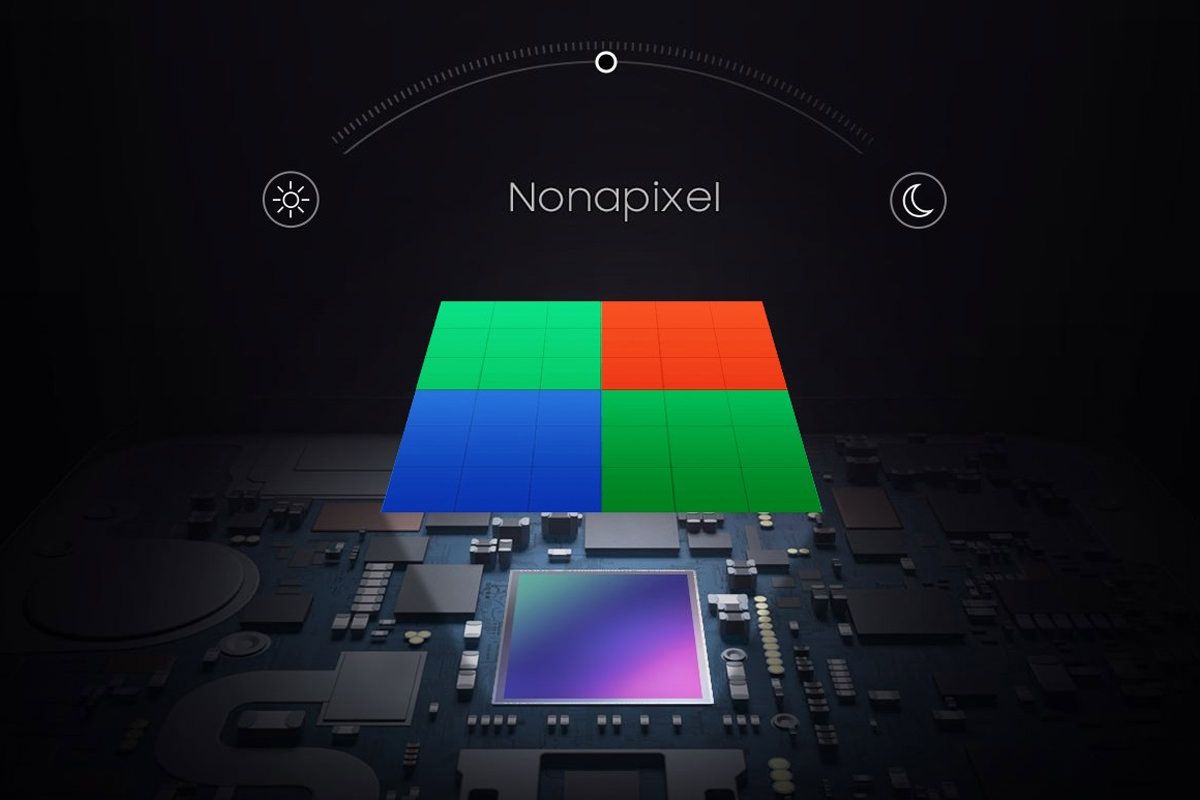Samsung has revealed the details of the Galaxy S21 Ultra 108-megapixel sensor

Samsung ‘s Galaxy S21 Ultra 5G is equipped with the latest 108-megapixel sensor from the Korean company, which means that the sensor used in the S21 Ultra is different from the 108-megapixel sensor of the Galaxy S20 Ultra . Samsung’s new 108-megapixel sensor, the Isocell HM3, is an improvement over the sensor used in the Galaxy S20 Ultra and Galaxy Note 20 Ultra . According to the GSMArean news agency , these improvements include enhancing HDR and increasing the camera’s ability to autofocus and shoot in low-light environments.
Smart ISO Pro is based on HDR, which simultaneously captures high ISO and low ISO images. Because both images are captured simultaneously, the Ghosting effect of moving objects, one of the problems with successive HDR mechanisms, disappears.

The two recorded images are then combined to obtain a 12-bit image. The expression 12-bit means 12 bits per channel; Explaining that in this situation, the RAW image has 64 times more color information than the 10-bit image.
Samsung’s 1 / 1.33-inch 108-megapixel sensor displays its pixels at 12,000 by 9,000 frames. However, the Nonapixel Bayer pattern eventually achieves the ability to combine all 9 adjacent pixels. As a result of combining all 9 pixels, we see the creation of a larger pixel with dimensions of 2.4 micrometers. Together, these pixels create a 12-megapixel image.

The HM3 sensor is called Low Noise, which increases the sensor’s sensitivity to light by up to 50%. Also, when there is enough light in the environment, a special improved algorithm can deliver the output images in full resolution, ie 108 megapixels.
- Samsung Galaxy S21 Ultra was introduced with S Pen support and without charger
- Comparison of Galaxy S21 family with Galaxy S20 family
The Super PD Plus feature adds microlenses to elements of the Phase Detection system, which the sensor uses to perform autofocus. These lenses improve the accuracy of measuring phase detection elements by 50%. This allows the Samsung Galaxy S21 Ultra 108-megapixel sensor to accurately monitor the movement of objects, even in dark environments.
In terms of video, the HM3 isocell sensor can record 8K video at 30 frames per second, 4K video at 120 frames per second, and 1080p video at 240 frames per second. Note that the Galaxy S21 Ultra in 8K resolution is limited to 24 frames per second. The S21 Ultra supports the S Pen, and you can use this accessory to fine-tune video timeline with precision at the frame level.
What do you think about the Galaxy S21 Ultra 108-megapixel sensor?






